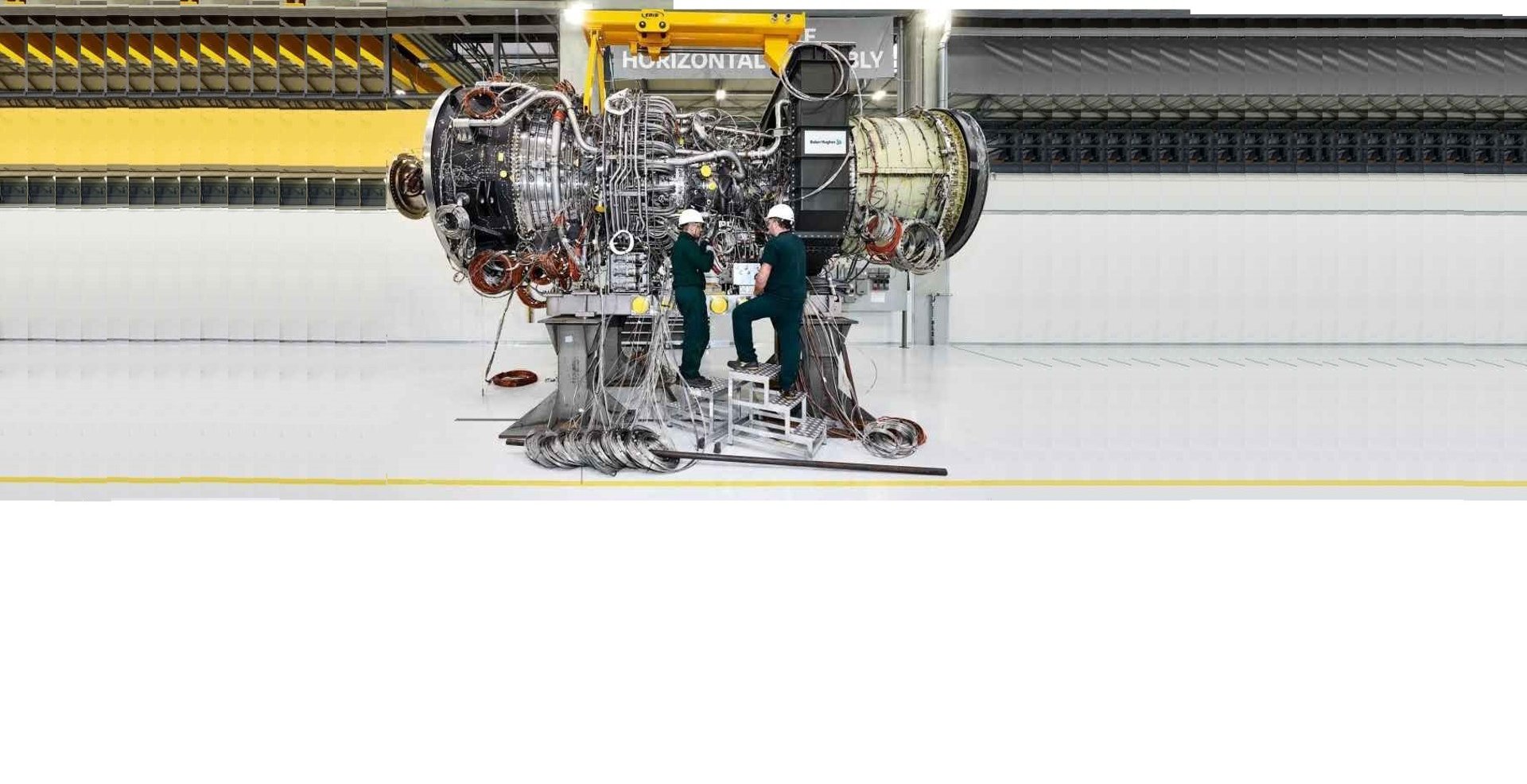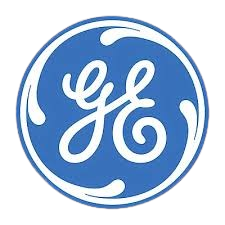
GAS TURBINE BASICS

GENERAL ELECTRIC
1. What is a Gas Turbine?
A gas turbine has three main parts: compressor, combustor, and turbine.
Air is compressed, mixed with fuel, and burned. The hot gas spins the turbine.
The turbine powers the compressor and may also turn equipment like generators or pumps.
2. How Does It Work? (Brayton Cycle)
Compression: Air gets squeezed in the compressor (pressure & temperature rise).
Combustion: Fuel is added and burned (very hot gas forms).
Expansion: Hot gas pushes through turbine blades (makes power).
Exhaust: Gas leaves the engine.
3. Balloon Example (Basic Concept)
Imagine a balloon – when air shoots out, it pushes the balloon forward.
A gas turbine works the same way: air is accelerated and redirected to spin blades and generate energy.
4. Compressor Design
Compressors use rotating blades and stationary vanes to build pressure.
Two types:
Axial: Air flows straight through.
Centrifugal: Air spins outwards like a fan.
5. Inlet Guide Vanes (IGVs)
IGVs help guide air into the compressor correctly.
Some vanes can adjust to control airflow and pressure based on engine needs.
6. Compressor Stall
Happens when airflow is disturbed, like hitting a dent in a blade.
Too much or too little air can cause unstable flow (called a stall).
Good blade condition and proper air balance prevent this.
7. Combustor Types
Three types: Can, Annular, and Can-Annular.
Fuel burns inside the combustor to make hot gas.
About 18% air is for burning, and 82% is for cooling and flame shaping.
8. Turbine Section
Located after the combustor, it extracts energy from hot gas.
Spins fast and gets very hot — needs special cooling and materials.
Impulse-reaction blades convert gas pressure into rotating power.
9. Shaft Configurations
Single Shaft: All parts are connected; stable power – used in generators.
Twin Shaft (like LM2500): Power turbine is separate; good for variable speed like pumps.
Concentric Shaft: Advanced version used in engines like LM6000.
10. NOx Emissions Control
NOx forms when air and fuel burn at high temperatures.
Two control methods:
Wet method: Inject water or steam to cool the flame.
SCR: Add ammonia after combustion to break down NOx.
DLE combustors also help lower emissions without water.
GAS TURBINE PACKAGE FAMILIARISATION
AOS Engineering is a reputable service provider in Pakistan for gas turbine and boiler thermal spray coatings, OCTG, valves, fasteners, gaskets, welding consumables, insulation, and refractory materials.
Know More About AOS Engineering Group


